5 November 2025
Daylight and Ecosystems: What Coral Reefs Can Teach Us About the Language of Light
Light is more than illumination, it’s information. Across ecosystems, organisms use subtle changes in sunlight and moonlight to synchronize their behavior and physiology. Coral reefs, shaped by these daily and lunar rhythms, are among the most striking examples of life organized by light. Corals live in partnership with photosynthetic algae that transform sunlight into energy, sustaining both partners and much of the reef ecosystem. But corals are not passive hosts. Even without eyes or a nervous system, they detect variations in wavelength, intensity, and timing, adjusting feeding, metabolism, and reproduction in response. Their mass spawning events, for instance, occur in precise alignment with the phases of the moon.
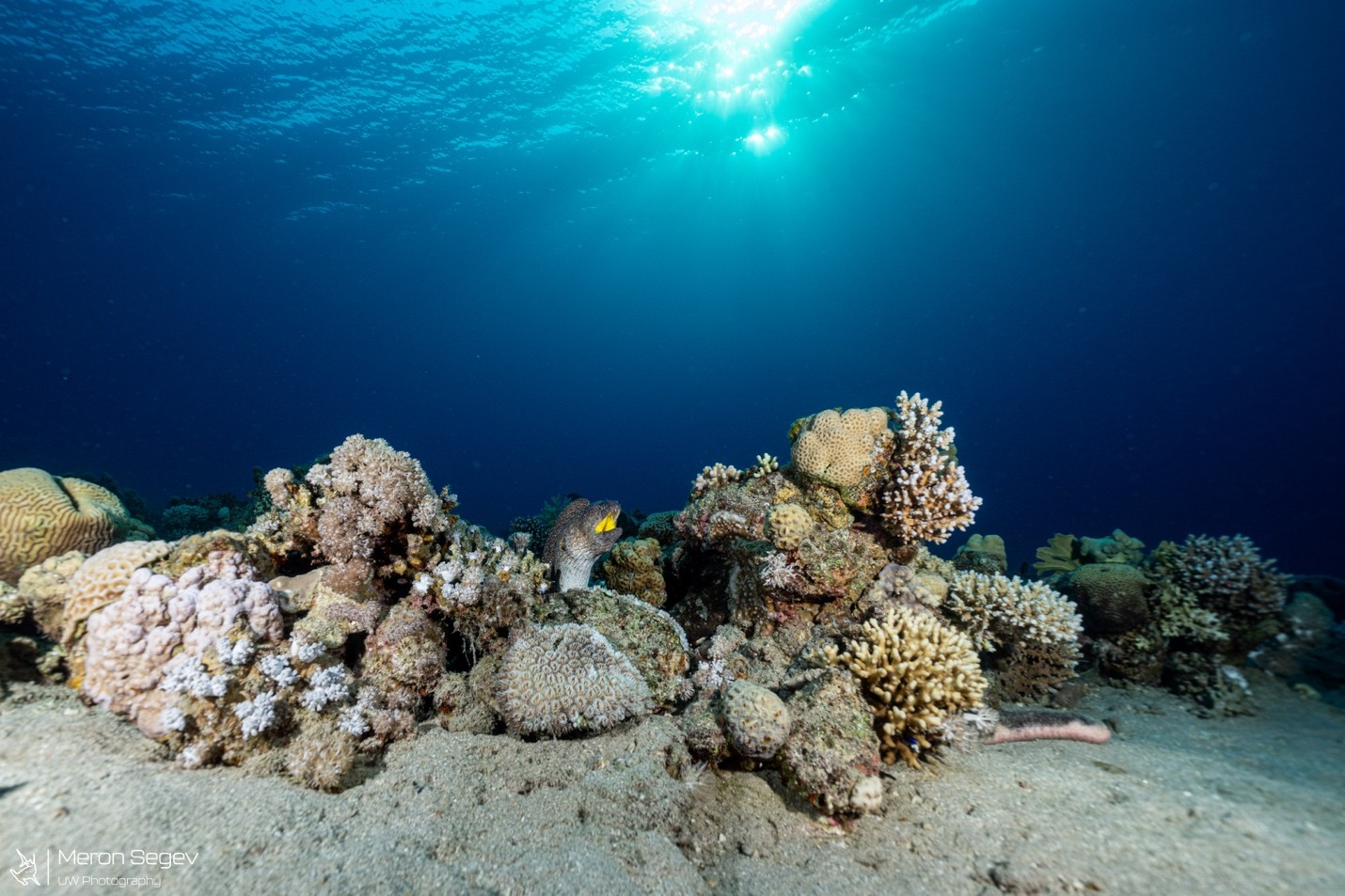
At the Marine Molecular Ecology Lab, led by Prof. Oren Levy, we investigate how corals perceive and interpret their luminous environment. Using molecular and single-cell approaches, we map the expression of light-sensitive genes such as opsins and cryptochromes across different coral cell types. Our model species, Stylophora pistillata, inhabits reefs spanning a wide light gradient, from shallow, high-irradiance habitats to mesophotic zones where only faint blue light remains. These data allow us to explore how corals tune their internal processes to the surrounding light field.
We are beginning to see how different cells and molecular pathways respond to daily and lunar cycles, revealing a complex light-sensing architecture that evolved long before the appearance of eyes. This project is conducted in collaboration with Prof. Kristin Tessmar-Raible at the University of Vienna, whose work on biological clocks and photoreceptors in marine species provides key comparative insight. Together, we aim to understand how early-diverging animals decode the spectral and temporal cues that structure ocean life.
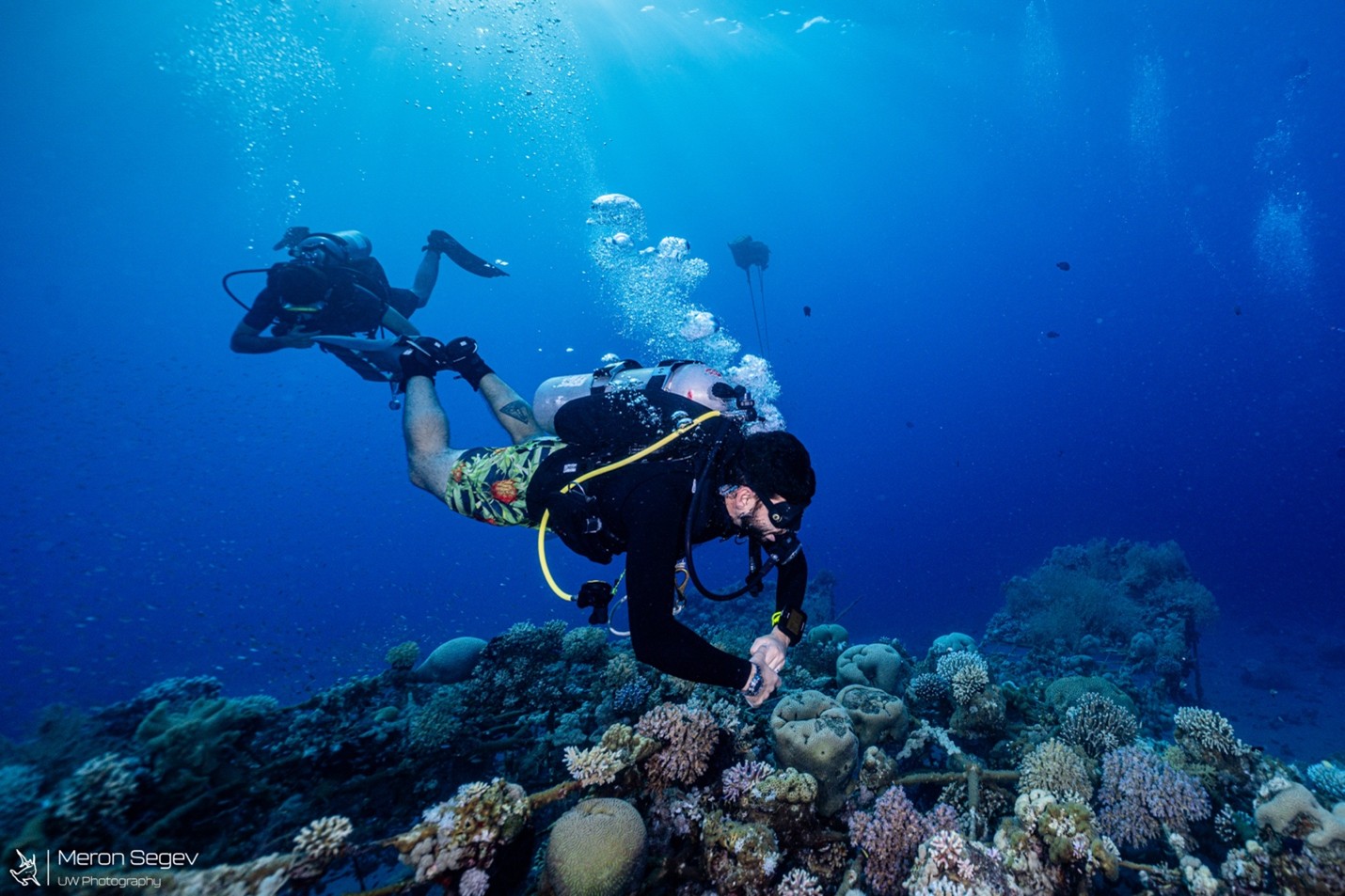
Beyond corals, these findings touch on a universal theme: the molecular language of light is shared across life. The same families of photoreceptors guiding coral behavior also regulate circadian rhythms in plants, insects, and humans. Understanding how corals perceive their light environment not only deepens our view of evolution but also informs conservation strategies as artificial light increasingly alters natural cycles in the sea.
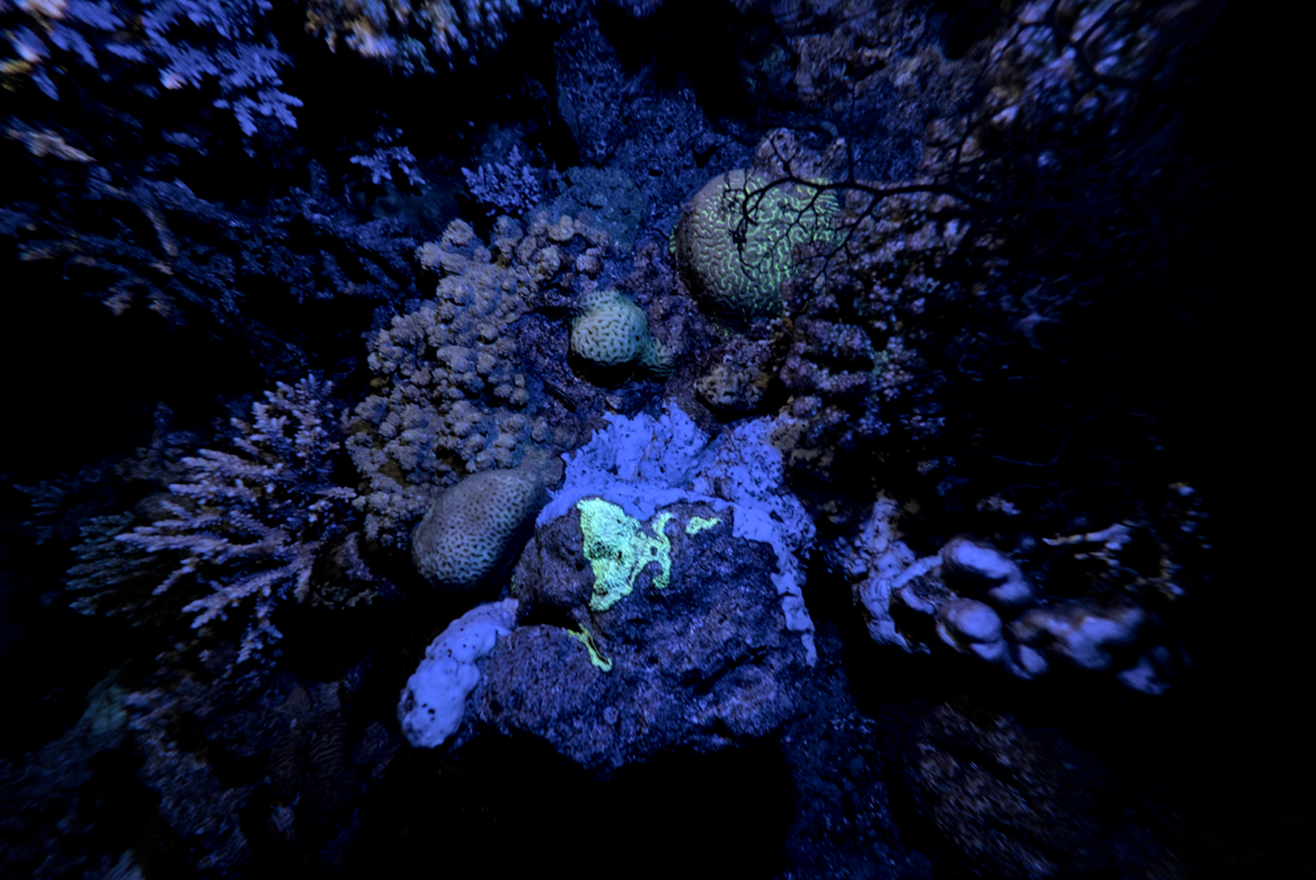
Some impressions from The Marine Molecular Ecology Lab (LMME)
Useful links
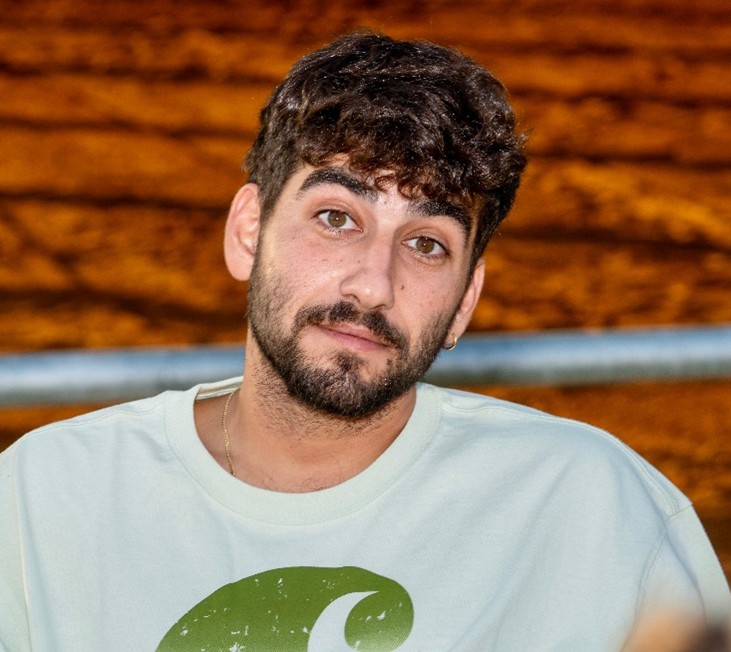
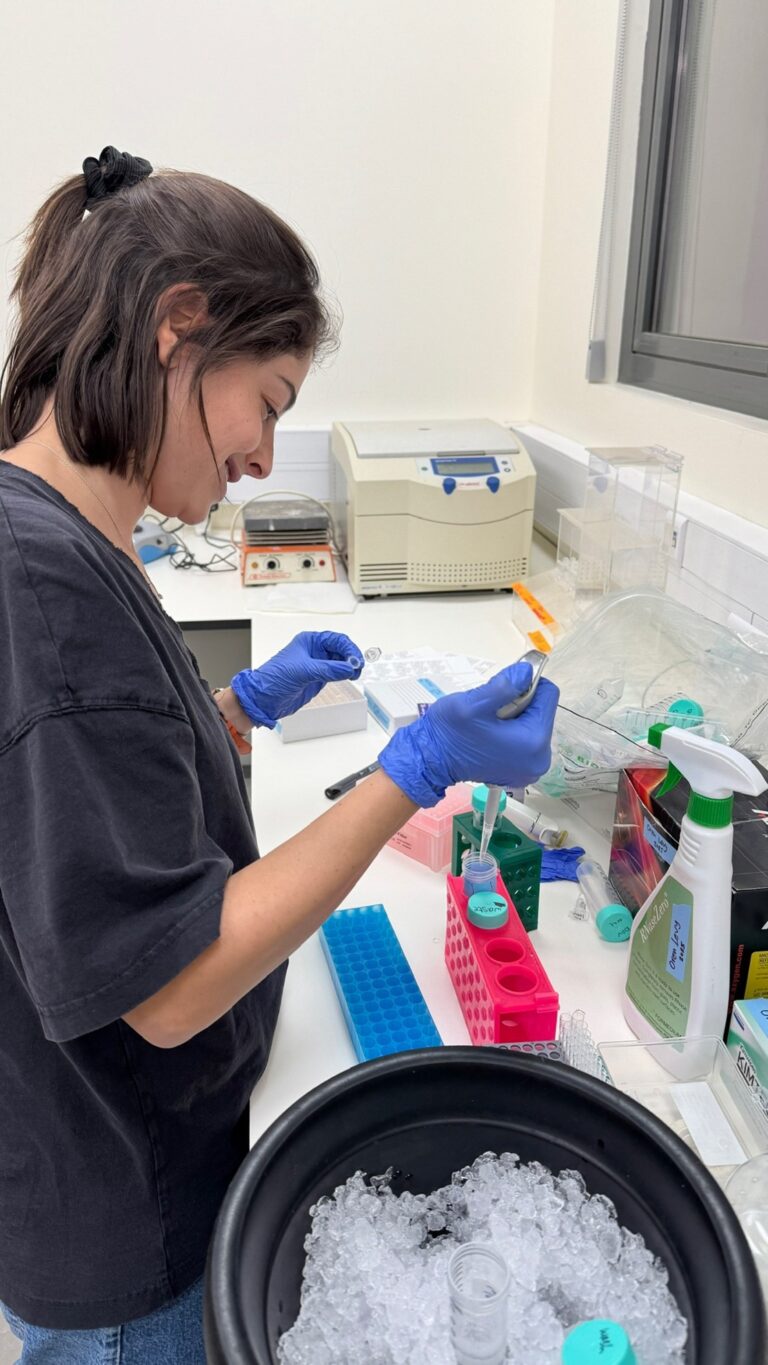
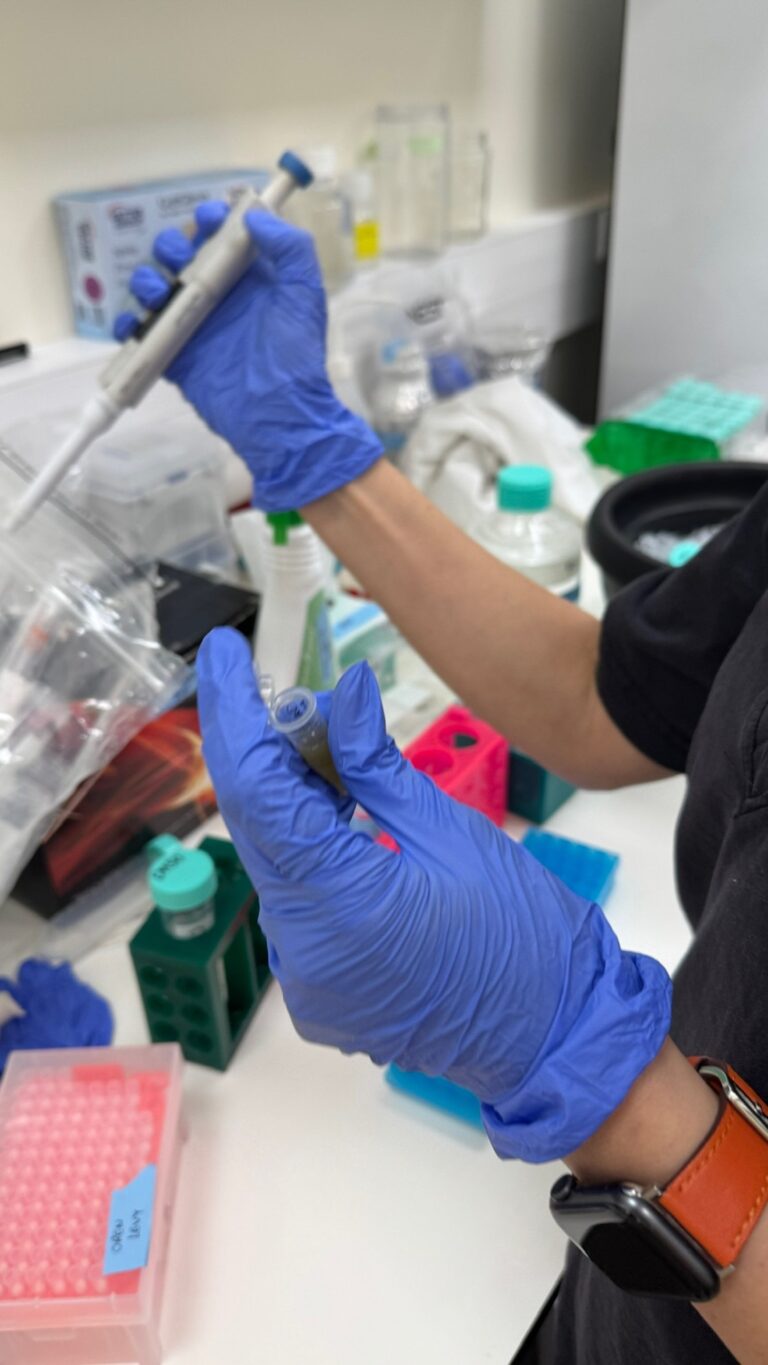
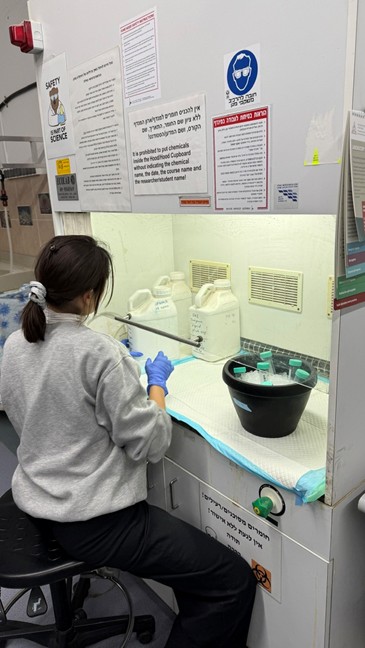
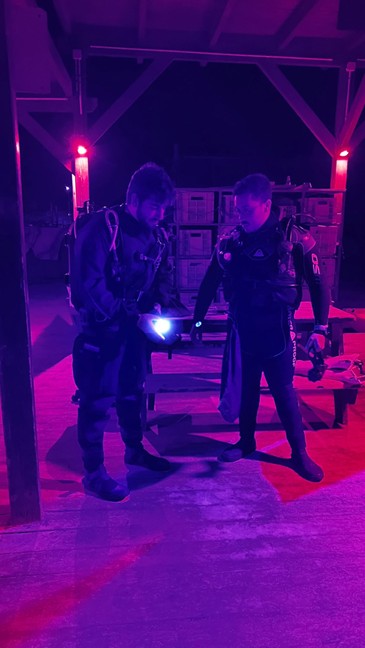
Comments